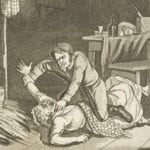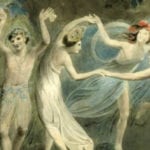 Weird Stuff
Weird Stuff  Weird Stuff
Weird Stuff  Mysteries
Mysteries 10 Tragic Disappearances and Deaths in Joshua Tree National Park
 History
History 10 Ways Childhood Really Sucked in the Old West
 Music
Music 10 Name Origins of Famous Bands from the 1990s
 Religion
Religion 10 Biggest Turnarounds by the Catholic Church
 Weird Stuff
Weird Stuff 10 Unbelievable Times Laws Had Unintended Consequences
 Humans
Humans Ten Historic Women Who Deserve Way More Credit Than They Got
 Movies and TV
Movies and TV 10 Films That Spawned Major Lawsuits
 History
History Ten Times Towns Were Wiped Off the Face of the Earth
 Creepy
Creepy 10 of the Most Disturbingly Haunted Public Houses in the UK
 Weird Stuff
Weird Stuff 10 Niche Subcultures That Are More Popular Than You Might Think
 Mysteries
Mysteries 10 Tragic Disappearances and Deaths in Joshua Tree National Park
 History
History 10 Ways Childhood Really Sucked in the Old West
Who's Behind Listverse?

Jamie Frater
Head Editor
Jamie founded Listverse due to an insatiable desire to share fascinating, obscure, and bizarre facts. He has been a guest speaker on numerous national radio and television stations and is a five time published author.
More About Us Music
Music 10 Name Origins of Famous Bands from the 1990s
 Religion
Religion 10 Biggest Turnarounds by the Catholic Church
 Weird Stuff
Weird Stuff 10 Unbelievable Times Laws Had Unintended Consequences
 Humans
Humans Ten Historic Women Who Deserve Way More Credit Than They Got
 Movies and TV
Movies and TV 10 Films That Spawned Major Lawsuits
 History
History Ten Times Towns Were Wiped Off the Face of the Earth
 Creepy
Creepy 10 of the Most Disturbingly Haunted Public Houses in the UK
10 Bizarre Stories About Famous 19th-Century Hypochondriacs
Heightened anxiety about an inevitable yet imagined illness has been a long-standing mental condition, which has taken different forms and meanings over the centuries. While today, the clinical term for hypochondriasis is somatic symptom disorder, back in the 19th century, the label of being a hypochondriac was loosely explained as a disorder of the nerves tied to both physical and psychological symptoms, often related to other malaises such as melancholy, hysteria, and a paranoid fear of death.
Surprisingly, some of the most famous hypochondriacs during this period were artists, writers, and creative thinkers. Though they made many notable accomplishments over the 19th and early 20th centuries, their private lives offer a bizarrely different story.
10 Hans Christian Andersen
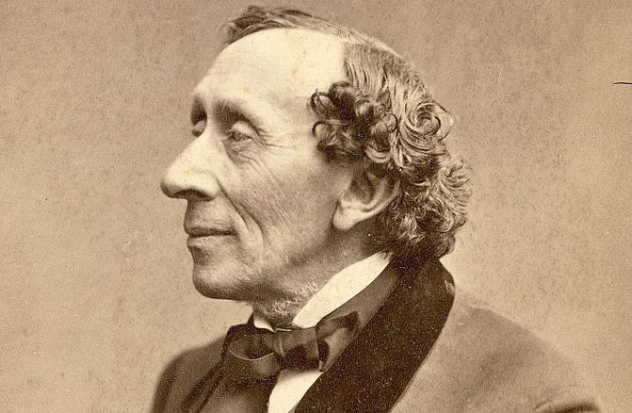
The renowned fairy tale author Hans Christian Andersen was born in 1805 and spent much of his childhood in boarding schools for the Danish elite, even though his family was not rich. As Andersen developed his career, penning such works as “The Ugly Duckling” and “The Little Mermaid,” he traveled throughout Europe and abroad, providing public readings and living off wealthy patrons.
In his journey to find fame, Andersen was often overcome by bouts of hypochondria and was known among his colleagues to be rather a tiresome travel companion. His friend, William Bloch, recounts a trip that they took in 1872: Andersen’s ceaseless worrying included the belief that a small mark above his eyebrow would grow to cover his eye and that accidentally being touched by Bloch’s walking stick would rupture his stomach. Andersen’s odd behaviors and anxieties may have also led to the soured friendship between him and Charles Dickens, after Anderson’s originally planned two-week stay at Dickens’s home in 1847 surpassed five weeks.
9 Alice James
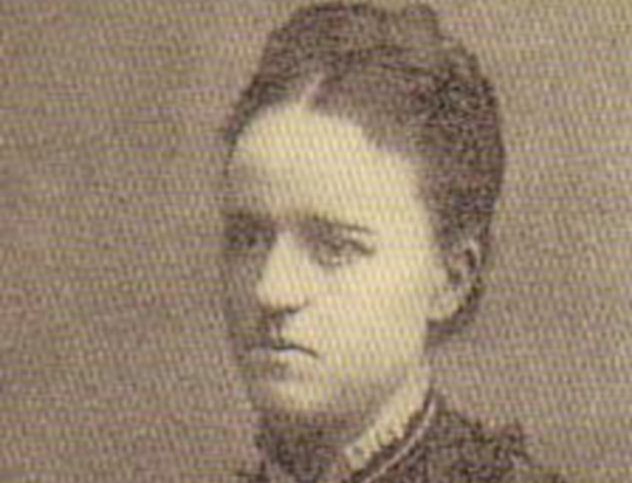
Alice James, the sister of novelist Henry James and psychologist William James, was born in 1850 to a middle-class American family. The youngest, and the only girl, of the James family, Alice James was taught to uphold the Victorian traditions of docile femininity, but her body and mind struggled against this limited life. Classified at the time as having a form of hysteria, she spent much of her adult life feeling sick and spending her days undergoing various therapeutic treatments.
It was not until after her death, with the publication of her diary many years later in 1964, that her writings revealed her true talents, as well as her hypochondria. James wrote in great detail about her various illnesses, whether real or imagined, such as her suffering of “spinal neurosis,” “squalid indigestions,” and other vague ailments. Oddly enough, when she was diagnosed with terminal breast cancer before her death in 1892, she actually found relief in knowing that she was right all along and that all things do come to those who wait.
8 Franz Kafka
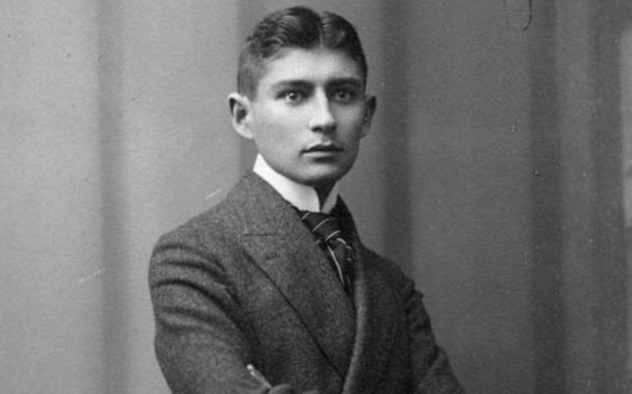
Born in 1883 to a German-speaking, middle-class Jewish family in Prague, Franz Kafka became a renowned author of surreal and existential stories about early 20th-century life in modern Europe, penning such works as The Metamorphosis (1915), “A Hunger Artist” (1924), and The Trial (1925). In spite of his accomplishments, Kafka was tormented by memories of his childhood under a domineering and indifferent father. In 1919, after a breakup with his fiancee, Kafka wrote a long and rambling letter—47 pages to be exact—to his father, Hermann. Kafka summarized in great detail how his father had belittled his creative efforts and set double standards.
Kafka explored how his upbringing resulted in, among many other things, irrational fears about his health and body. His deeply rooted insecurities took the shape of an unhealthy preoccupation with his body as a sickly form. Kafka describes this as “the feeling of having in the middle of my body a ball of wool that quickly winds itself up, its innumerable threads pulling from the surface of my body to itself.” Even more unfortunate was the ultimate fate of Kafka’s letter, which never reached his father’s hands. Kafka’s mother, whether to protect her son or her family, never delivered it.
7 Edgar Allan Poe

Born in 1809 and orphaned at the age of three, Edgar Allan Poe became a master of suspense and all things macabre in the 19th century, gaining acclaim for works such as “The Raven” (1845). Raised by a Southern tobacco businessman, Poe took little interest in business and spent much of his life as a struggling poet and writer. Poe’s personal life as a gambling, penniless womanizer gave him a reputation, but he also struggled with internal demons of his own.
A childhood friend, John Mackenzie, stated that Poe suffered from nightmares with visions of ice cold hands on his face. Poe wrote letters to friends and relatives about his impending demise on more than one occasion. He’d believe that he was truly ill, only to miraculously recover less than two weeks later. These supposed near-death experiences happened often, most notably in 1835 and 1849, but they didn’t stop him from courting women only a few months after writing to his adopted aunt that: “I have been so ill—have had the cholera, or spasms quite as bad, and can now hardly hold the pen. [ . . . ] We can but die together. It is of no use to reason with me; I must die.”
6 Edwin Henry Landseer
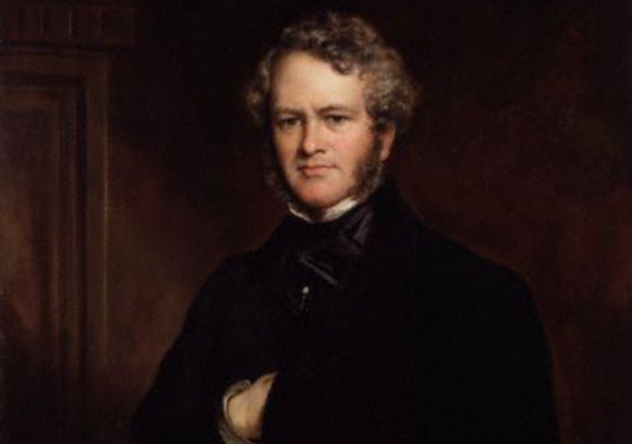
Edwin Henry Landseer was a respected painter in Victorian England, gaining accolades for his works featuring animals, particularly deer, dogs, and horses. Born in 1802, he was well-recognized early on for his artistic talents. He became a commissioned painter for the established British elite and was even known to be one of Queen Victoria’s favorite painters.
However, behind the facade of unbridled success, he succumbed to a mental breakdown in 1840, from which he never truly recovered. Overwhelmed by hypochondria, depression, and delusions, he took to drugs and alcohol as a form of self-soothing, which ultimately failed to save him from himself. A friend, Lady Holland, observed: “He is full of terror and horror, expecting an assassin to destroy him. It is really very shocking.” A year before his death in 1873, he was confined to an asylum and certified insane by his family. He left behind more than £200,000 in his wake.
5 Charlotte Bronte
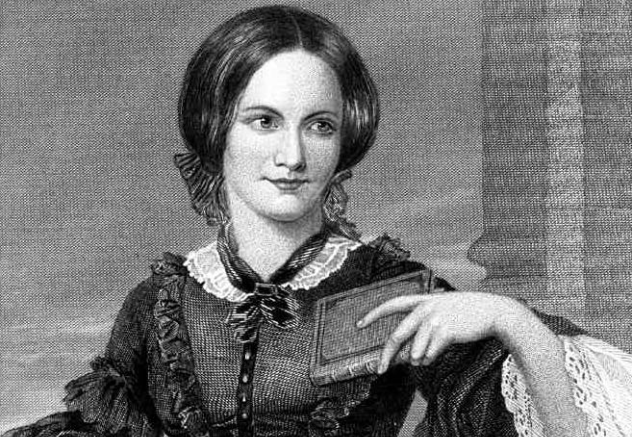
Charlotte Bronte, the eldest of the famous Bronte sisters, was born in 1816 and grew up in Victorian England, making a living as a teacher and writer. Known most for her novel Jane Eyre (1847), Charlotte Bronte was forced to grow up quickly after her mother died when she was five. Her two elder siblings died three years later while attending a harsh and abusive boarding school.
Traumatized by the horrors of death at a young age, Bronte suffered depression during her young adulthood and blamed her ailments on “the darkest foe of humanity”—hypochondria. She suffered from nightmares. In particular, she remembered how her sickly sister, who was bedridden with tuberculosis, had skin-blistering plasters placed by boarding school officials. Those same staff members would then rough her up for not getting out of bed. Knowing the grave realities of death and the uncaring nature of her only caregivers, she confidently admitted to the tyranny of hypochondria in much of her early and largely autobiographical work as a sort of twisted way of coping.
4 Herman Melville
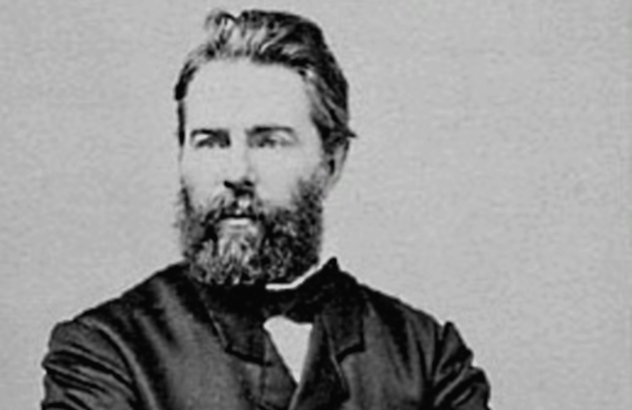
Born in 1819 to a New York family of merchants, Herman Melville gained literary distinction for works like Moby Dick (1851) largely after his death. Melville spent much of his young adulthood sailing on the high seas and working for the whaling industry, which greatly shaped his writing. Though he had modest success initially, his novels and poems were largely overlooked thereafter, and he faced personal and financial crises during much of his later life.
Interestingly, Melville uses the word “hypochondria” in his early text, Typee (1846), to describe the malady of modern Western culture and its facade of gentility, which he believed could not exist in places like Polynesia where:
Blue devils, hypochondria, and doleful dumps, went and hid themselves among the nooks and crannies of the rocks . . . [and there were a group of] females, not filled with envying of each other’s charms, not displaying the ridiculous affections of gentility, not yet moving in whalebone corsets, like so many automatons, but free, inartificially happy, and unconstrained.
The very notion of being a 19th-century hypochondriac was rather distinctly seen by Mellville as an ailment of the modernizing world.
3 Florence Nightingale
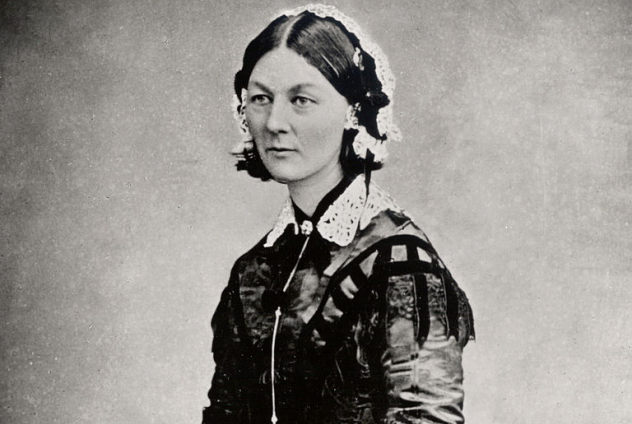
Born in 1820 and raised to be a British debutante, Florence Nightingale defied her family and devoted her life to her true calling—nursing. She was renowned for her health reforms in military hospitals during the Crimean War in the 1850s and later for pioneering public health efforts across the British Empire. Nightingale brought to light the importance of modern sanitation, as well as the respectability of nursing as a profession.
Nightingale succumbed to a form of hypochondria not uncommon for health care professionals, in which doctors and nurses surrounded by sickness and death believe that they, too, face impending doom, whether real or imagined. While attending to the sick and injured in the field during the Crimean War, Nightingale fell ill with what would be known as “Crimean fever” and believed that she had only a short time to live. She returned to England for bed rest at age 38.
Nightingale ultimately lived a long and productive life, largely conducting all business from the confines of her bed. Although she continued to survive and flourish until the ripe, old age of 90, the possible threat of another virulent attack on her mind and body was always present in her thoughts.
2 Charles Darwin

Legendary for developing his theory of evolution, Charles Darwin was born in 1809 to a British family with a legacy of becoming doctors. Choosing to be a naturalist instead, Darwin set off on a voyage via the HMS Beagle to gather specimens of birds, plants, and other creatures from across the globe, most famously from the Galapagos Islands.
When he returned to his home in 1836, he suffered from chronic and rather mysterious symptoms, including vomiting, abdominal pain, headaches, anxiety, depression, and fatigue, for the next 40 years. Though still productive in his work, Darwin appeared consumed by his poor health and kept an almost daily diary of his symptoms for four years, detailing, among other things, his explosive flatulence.
To this day, there is speculation about the cause of his ongoing ailments. He was previously theorized to be suffering from hypochondria, due to his obsessive record keeping which offered little tangible relief. Current scholars and doctors offer a whole host of explanations about his health, ranging from panic disorder with agoraphobia to Crohn’s disease. Nevertheless, the exact nature of his condition remains a mystery.
1 Marcel Proust
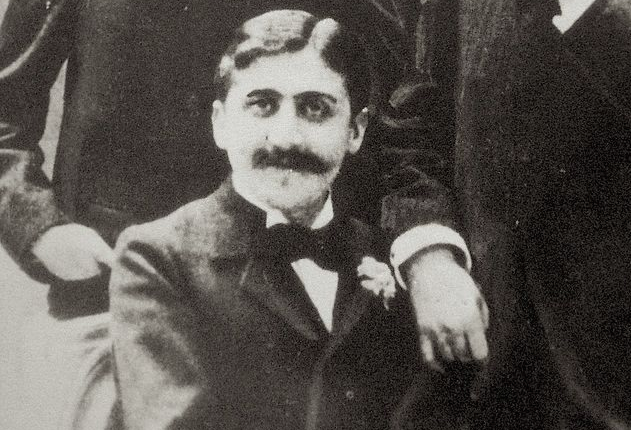
Raised in a bourgeoisie French home in the late 1800s, Marcel Proust became a respected author for his seminal work, In Search of Lost Time (also called Remembrance of Things Past). His private life was riddled with chronic asthma attacks and other various ailments. Over time, these led to his strange fascination with, and anxiety over, his poor health and bodily form. Having a rather conflicted love-hate relationship with his mother, he wrote to her frequently about his anxieties, afflictions, and absurd sleep schedules, at times laying the blame on her.
Interestingly, it was often his mother who instigated this focus on his health, obsessively checking about his latest bouts of asthma or otherwise. Proust fell in line with his mother’s worry and would spend many letters ruminating over his health: “I don’t know how my hayfever came back these last two days . . . intense asthma . . . I came home sneezing, coughing and above all full of asthma.” This rather infantilizing exchange ingrained a sort of “fortress hypochondria” in Proust. He succumbed to his childhood fears that the outdoors—or life in general—was a sort of suffocating and bewildering existence.
Even after his mother’s death in 1905, there was little reprieve for Proust from his wandering thoughts over life and death, which were very difficult to publish during his lifetime. For many great writers and thinkers like Proust, there was often a reluctant acceptance that all paths to genius begin with a little bit of crazy.
E.S. Kovacs is a freelance writer by night and a social worker by day. She’s worked for college newspapers such as The Daily Californian and Longhorn Life Magazine. More recently, she co-wrote an article featured in Today’s Dietitian. A would-be journalist with two master’s degrees, she has a wealth of knowledge about health, history, and human behavior.
